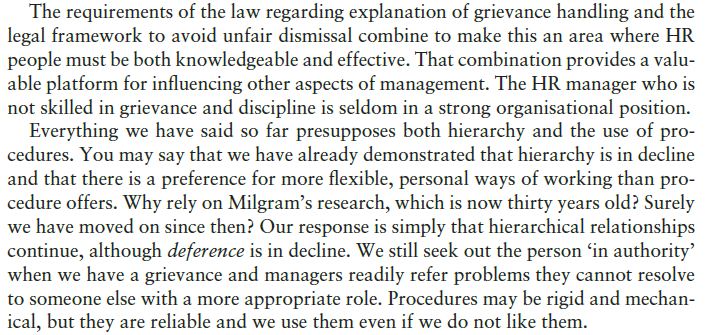Experiments with Obedience
People in authoritative positions expect obedience. But without their help, this is not possible from the sides of employees. There were a number of experiments that were carried out in 1974 by Stanley Milgram to probe about obedience and state its importance to authority.
The belief that was circulated was more focused on learning and memory study and also on the prospects to give electrical shock those learners giving wrong answers. In case the answer was right, the reward for that would be another question. If the answer were wrong, another electrical shock would be inline. This would continue as long as the learning process was complete. Now, when talking about shocks, they were nothing more than progressively larger distress factors that were used as stimulants. Here the supposition was more on the aspect that these types of distressing shocks will make them stronger.
A research showcased that on 100 subjects, 18 experiments were conducted. Even after receiving 450volt shocks, compliance was showcased by nearly all those subjects.20% showcased obedience in the absence of authoritative figure whereas 65% showcased obedience in the presence of authoritative figure. The result by Milgram was:
PD_4
This work by Milgram states that we all have the tendency to work under an authoritative figure even at those times when we don’t prefer to do so. As per his study, when a person enters in an employing organisation, they at some point convert into agents and work as per other’s wishes. This can be called as and conflicting factor to autonomy that makes employees think that they are doing a work according to their own wishes.
As obedience ground work to authority, there are few factors explained by Milgram.
- Institutional setting
- Family
- The overarching ideology
- Admission into the authority system
- Rewards

This may result in them participating in trade unions. At 1992, Milgram presented his findings in the form of distinction between conformity and obedience. These studies are then furthered by Abrams in the year 1990 and by A sch in 1951. Both of these factors revolve around chucking judgment due to excessive pressure (external). When talking about pressurisation, it means forcing the employees to adopt similar dress codes, behaviour and carry same attitudes.
Here our primary concern is related to grievance and discipline that takes place in companies. However, the core of these grievances which comes outside of the company is called complaints. The complaints can be made to the managers regarding issues like shoddy artistry, poor service, and even for rude behaviour.
One of the important contributions from HR managers is related to effective management policies that provide the basic corporate amenities to the way the company works. Their concern is also related to solving the issues regarding discipline and grievances. Here the initial step is regarding procedural framework where the so called company justice is created and negotiated for both the above stated issues.
In the 2ndstep, you will find problem-solving discussions and interviews to counter the arising difficulties. There again is a 3rd step which involves the essential part of the process –viability. Keeping a constant eye on the entire process,it is ensured that all the necessary disciplinary actions are maintained with precision.

Links of Previous Main Topic:-
- Health safety and welfare
- Equality the legal framework
- Equal opportunities and diversity
- Grievance and discipline
- The milgram experiments with obedience
Links of Next HR Management Topics:-












